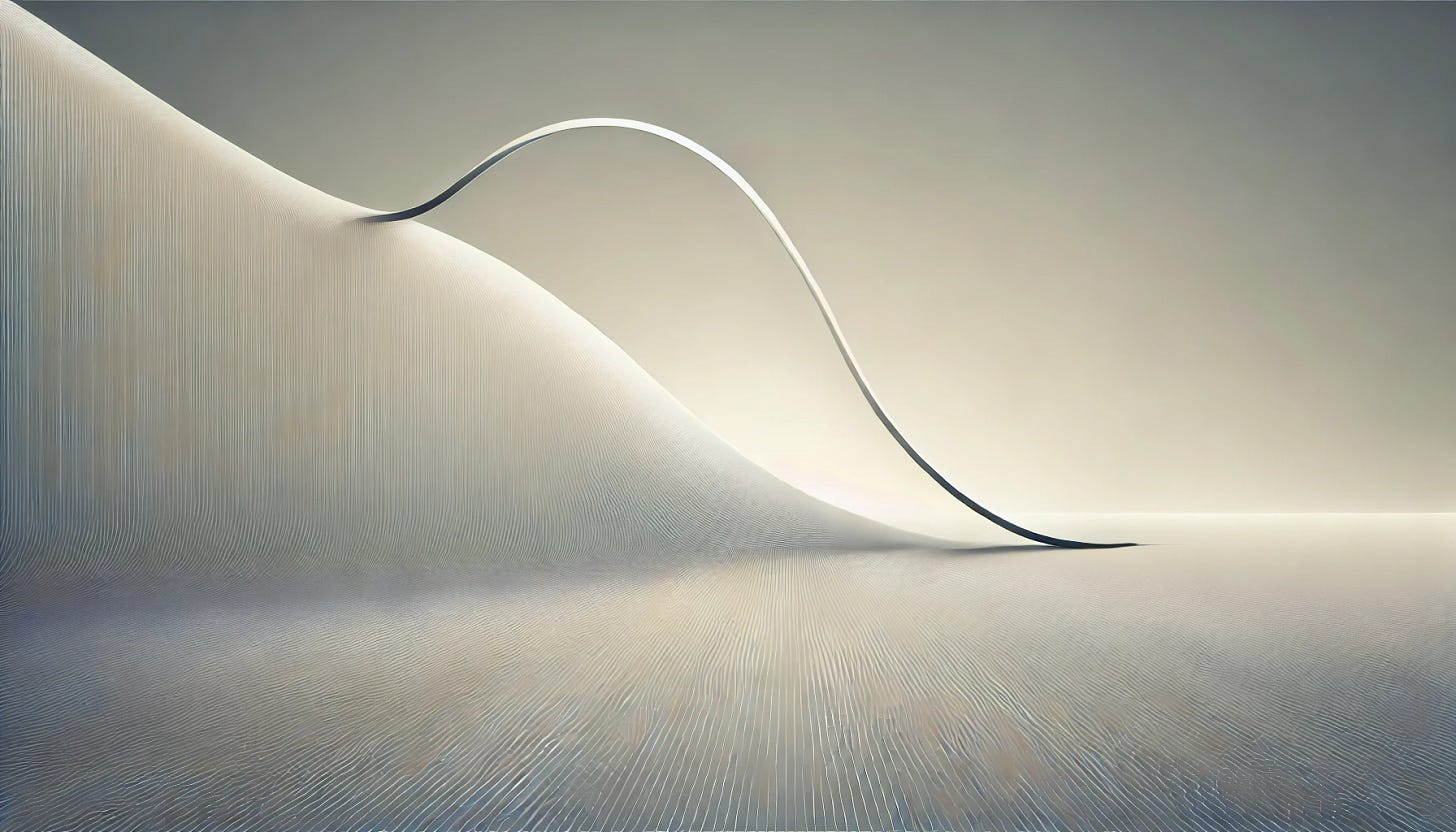Slippery Slope
#119: With the labor market deteriorating, the economic outlook darkens.
The problem with a slippery slope is that it doesn’t appear dangerous. A cliff strikes fear, a bright line between safety and abyss. A gradual gradient breeds complacency as you inch towards the point of no return.
In March 2020, the economy fell off a cliff. Millions of businesses were shuttered, millions of people were out of work, at least temporarily. Both investors and policymakers had few doubts about the severity of the circumstance. Market action and policy response both reflected a free fall. If there was a miscalculation, it was in the size of the cliff and the speed of recovery. Perhaps the rapid stabilization was due to the undeniable acknowledgement of the problem in the first place.
The macroeconomic conditions today are very different. For the past two years, despite weakening labor conditions, despite waning excess savings, despite rising delinquencies, the economy has grown. It is likely still growing today. Early predictions of a Fed-induced recession were premature. Hard-landings turned soft before easing inflation opened the window for a no-landing normalization. The longer we have prevailed over recession fears, the more confident we have become.
This column is no exception. At the outset of this year, I described the U.S. economy as “standing on solid footing”. And for most of the year, I’ve defended that position. This wasn’t due to blind optimism but data-driven humility. Given the considerable uncertainty and unusual history, we shouldn’t let what we think may happen in the future cloud what clearly is happening in the present. If the stock market is the measuring stick, this tact has proven wise.
But I’ve also promised readers that I wouldn’t ignore risks. And as I have hinted in articles over the past several months, my view is that these risks are quickly growing.
Macro data played ball in the first half of the year showing resilience and even improvement at points, but a glorious spring has been followed by a summer of discontent. In particular, the labor market has continued to disappoint and in some aspects it has turned downright ugly. Optimistic spins on worsening data look ever more contrived while the classic signs of a cyclical downturn only become harder to ignore.
Today, in this writer’s opinion, the U.S. economy is on a slippery slope.


